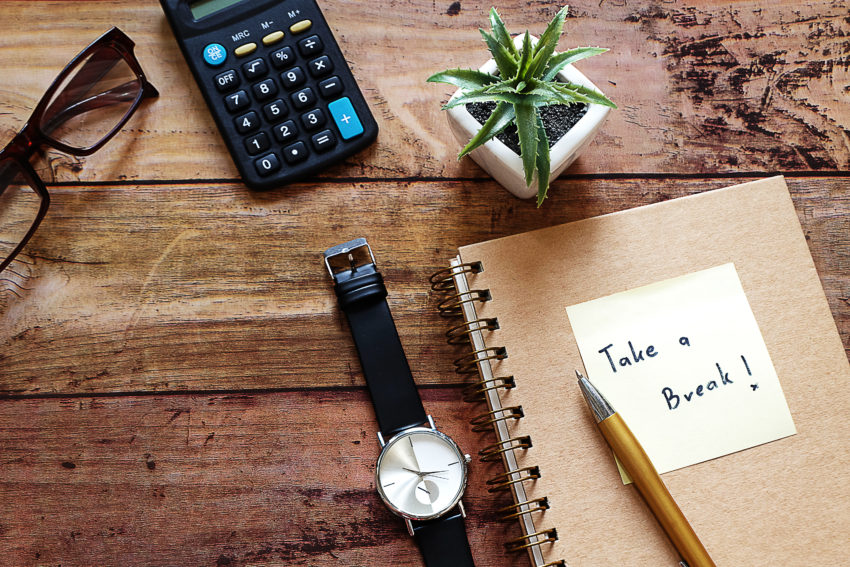Recent data shows a quarter of us are getting less sleep as a result (GWI). It’s even worse for those who are already worried about their mental health, whose sleep has been the most badly affected by the pandemic, with over a third (36%) reporting sleep problems.
Even before the coronavirus crisis, people were sleeping less and working more; cases of insomnia have doubled over the last seven years. While HR professionals might consider sleep and rest to be personal to the employee and not within their remit, people’s experiences at work can have a real impact on their rest and life outside working hours.
There are steps employers can take to encourage their workforces to get quality rest and establish a healthy work-life balance, boosting productivity, focus and morale in the process.
Encouraging flexible and consistent routines
Employers have a lot of control over individuals’ routines; they decide what hours people work, what time they need to get up in the morning and when they need to log off – whether they’re working from home or travelling in and out of the office.
To help staff achieve greater work-life balance and help them get into routines conducive to good sleep, HR professionals should implement flexible working hours over the long term, not just during the pandemic. Employees can then benefit from having more control over their routine and become more consistent in their daily lives.
Consistency is so important because, by starting at the same hour every morning and logging off at the same time each night, the body can get into a fixed pattern. Having a regular wake-up time is the single best thing we can do for our sleep because our circadian rhythm (AKA our body clock) is actually set by our wake-up time, rather than our bedtime. So, if we sleep in late one day and wake up early the next, then our body’s circadian rhythm will be slightly out of sync – effectively giving ourselves jetlag.
This is why employers need to give their employees flexibility and freedom in how they work, helping them to ensure greater consistency in their bed-, log-off and wake-up times. This will ultimately help them to achieve quality sleep and ensure they come to work fully focused, energised and relaxed.
Enabling workers to take time out
Another essential part of work-life balance is taking time out – to pause, rest, and reset. Employers should actively encourage workers to step back from their work and focus on their mind. They should give them opportunities to do this throughout their working day – in the office and when they’re working remotely.
HR professionals can encourage this by promoting regular breaks away from the screen, blocking out time in the diary for no internal meetings so that workers can go for a walk or spend some time outside, and ensuring employees take their full lunch break to do something that they enjoy, even if that’s watching a TV show or reading a book.
These proactive measures and constant reassurance from HR and senior teams should be embedded within workplace wellbeing strategies. That way staff can feel more comfortable in spending time during the working day to look after themselves and focus on the mind.
Reducing stress
Stress can harm work-life balance and lead to sleeplessness. The links between anxiety and insomnia are well-established. This, in turn, can increase the likelihood of mental health problems and, for businesses, cause lower productivity, poor focus and increased absenteeism. In the UK, over 70 million workdays are lost every year due to mental health issues, with half of the employees reporting high-stress levels also feeling disengaged.
Employers and HR professionals can take steps to help alleviate fears and stressors. One way to do this is by giving employees access to mental health resources such as mindfulness and meditation – easily accessible, scientifically proven methods of reducing stress and anxiety.
Meditation involves using our breath as an anchor to feel connected to the present moment, be more aware of our negative emotions and thoughts, and reframe stressful situations. By being aware of our stress levels and noting the cause of these feelings, we can stop feeling overwhelmed by them. A study has found that using Headspace for 30 days reduced stress by a third (32%), and improved focus by 14%.
It’s vital that HR professionals make themselves aware of the techniques proven to reduce stress and point every employee in their direction so everyone can feel the benefits.
Training the mind for quality rest
Through meditation, we learn to become calmer, clearer, and less overwhelmed. It allows us to step back and observe our mind’s behaviour a little more clearly. It helps us to avoid getting caught up in every little thought and feeling that arises, which is what keeps us awake, and helps us accept and manage the negative emotions that might be causing us to struggle to rest.
By practising compassion, encouraging staff to practise self-care and establish a routine, and giving workers resources they need to reduce stress and achieve quality rest, employers can help create a calmer and refreshed workforce. This can improve productivity, morale and concentration – creating the conditions for long-term business success.
By Renate Nyborg, GM, Europe, Headspace.






